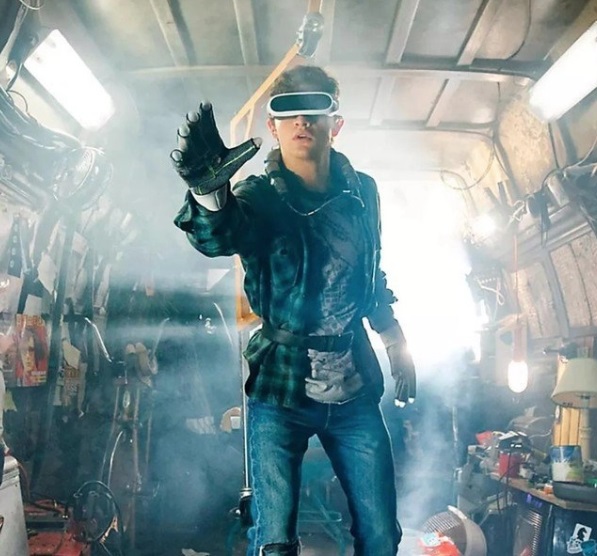Apr 21 2025
Game Transfer Phenomenon
 Have you ever been into a video game that you played for hours a day for a while? Did you ever experience elements of game play bleeding over into the real world? If you have, then you have experienced what psychologists call “game transfer phenomenon” or GTP. This can be subtle, such as unconsciously placing your hand on the AWSD keys on a keyboard, or more extreme such as imagining elements of the game in the real world, such as health bars over people’s heads.
Have you ever been into a video game that you played for hours a day for a while? Did you ever experience elements of game play bleeding over into the real world? If you have, then you have experienced what psychologists call “game transfer phenomenon” or GTP. This can be subtle, such as unconsciously placing your hand on the AWSD keys on a keyboard, or more extreme such as imagining elements of the game in the real world, such as health bars over people’s heads.
None of this is surprising, actually. Our brains adapt to use. Spend enough time in a certain environment, engaging in a specific activity, experiencing certain things, and these pathways will be reinforced. This is essentially what PTSD is – spend enough time fighting for your life in extremely violent and deadly situations, and the behaviors and associations you learn are hard to turn off. I have experienced only a tiny whisper of this after engaging for extended periods of time in live-action gaming that involves some sort of combat (like paint ball or LARPing) – it may take a few days for you to stop looking for threats and being jumpy.
I have also noticed a bit of transfer (and others have noted this to me as well) in that I find myself reaching to pause or rewind a live radio broadcast because I missed something that was said. I also frequently try to interact with screens that are not touch-screens. I am getting used to having the ability to affect my physical reality at will.
Now there is a new wrinkle to this phenomenon – we have to consider the impact of spending more and more time engaged in virtual experiences. This will only get more profound as virtual reality becomes more and more a part of our daily routine. I am also thinking about the not-to-distant future and beyond, where some people might spend huge chunks of their day in VR. Existing research shows that GTP is more likely to occur with increased time and immersiveness. What happens when our daily lives are a blend of the virtual and the physical? Not only is there VR, there is augmented reality (AR) where we overlay digital information onto our perception of the real world. This idea was explored in a Dr. Who episode in which a society of people were so dependent on AR that they were literally helpless without it, unable to even walk from point A to B.
For me the question is – when will GTP cross the line from being an occasional curiosity to a serious problem? For example, in some immersive video games your character may be able to fly, and you think nothing of stepping off a ledge and flying into the air. Imagine playing such a super-hero style game in high quality VR for an extended period of time (something like Ready Player One). Could people “forget” they are in meat space and engage in a deeply engrained behavior they developed in the game. They won’t just be trying to pause their radio, but interact with their physical world in a way that is only possible in the VR world, with possible deadly consequences.
Another aspect of this is that as our technology develops we are increasingly making our physical environment more digital. Three-D printing is an example of this – going from a digital image to a physical object. Increasingly objects in our physical environment are interactive – smart devices. In a generation or two will people get used to not only spending lots of time in VR, but having their physical worlds augmented by AR and populated with smart devices, including physical objects that can change on demand (programmable matter)? We may become ill-adapted to existing in a “dumb” purely physical world. We may choose virtual reality because it has spoiled us for dumb physical reality.
Don’t get me wrong – I think digital and virtual reality is great and I look forward to every advancement. I see this mainly as an unintended consequence. But I also think we can reasonably anticipate this is likely to be a problem, as we are already seeing the milder versions of it today. This means we have an opportunity to mitigate this before it becomes a problem. Part of the solution will likely always be good digital hygiene – making sure our days are balanced with physical and virtual reality. This will likely also be good for our physical health.
I also wonder, however, if this is something that can be mitigated in the virtual applications themselves. Perhaps the programs can designed to make it obvious when we are in virtual reality vs physical reality, as a clue to your brain so it doesn’t cross the streams. I don’t think this is a complete fix, because GTP exists even for cartoony games. The learned behaviors will still bleed over. But perhaps there may be a way to help the brain keep these streams separated.
I suspect we will not seriously address this issue until it is already a problem. But it would be nice to get ahead of a problem like this for once.






